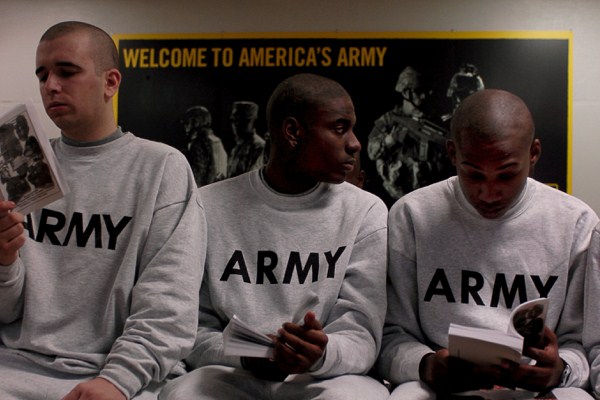Since the creation of the all-volunteer force in 1973, finding enough high-quality recruits has been a constant challenge for the U.S. military. It became a bit easier after the Sept. 11 attacks, as patriotism and anger inspired many new volunteers to sign up, and after the global financial crisis, when the shortage of jobs led many young people to consider the military as an opportunity for social mobility. When there are no pressing threats to national security and the economy is on a steady keel, however, military recruiting becomes harder.
What’s more, social and demographic trends suggest that it is going to become more difficult even to find enough potential recruits: Not only is the pool of 17- to 24-year-olds getting smaller, but according to U.S. Army Maj. Gen. Allen Batschelet about 15 percent of them cannot join the military now because of obesity. By 2020 that number could rise to 50 percent. Overall only about 30 percent of the target age group for recruiting is qualified to join the U.S. military.
This problem has been unfolding for several years. The services have already harvested the low-hanging fruit by removing some of the obstacles that deterred young people from joining or staying on after their initial enlistment, opening more military assignments to women and allowing gay Americans to serve openly. But this is not enough: The U.S. military is facing an impending crisis as the services, particularly the Army, find it harder and harder to fill their ranks.

